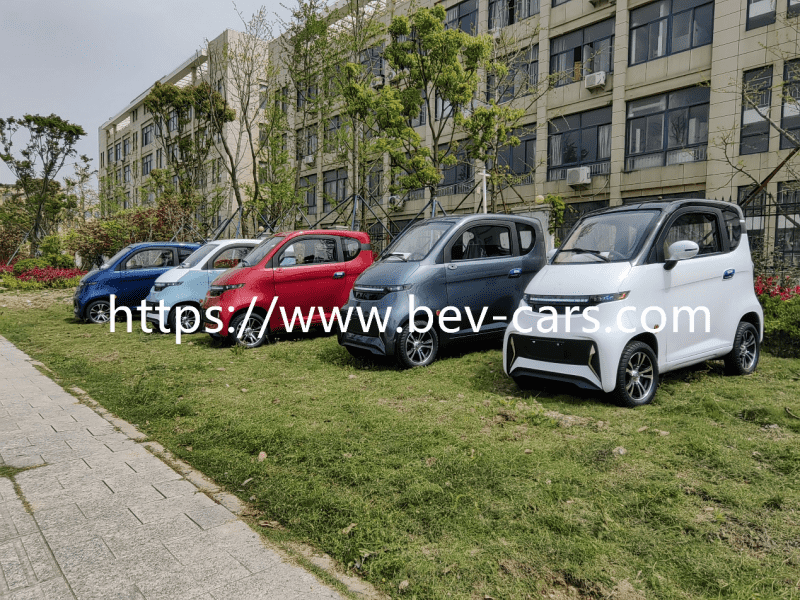As we traverse the roads, it’s impossible to miss the vast array of vehicles that populate our streets. From cars and vans to SUVs and trucks, in every color and configuration imaginable, the evolution of vehicle design over the last century has catered to a wide variety of personal and commercial needs. Now, however, the focus is shifting towards sustainability, as we seek to balance innovation with the environmental impact of a century-long history of auto manufacturing and emissions.
That’s where Low-Speed Electric Vehicles (LSEVs) come in. Much of what they are is right there in the name, but the regulations and applications are more complex. The National Highway Traffic Safety Administration defines Low-Speed Vehicles (LSVs), which includes LSEVs, as four-wheeled motor vehicles with a gross weight of less than 3,000 pounds and a top speed of between 20 and 25 miles per hour. Most states allow low-speed vehicles to operate on roads where the posted speed limit is 35 MPH or less. Being on the road with ‘regular’ vehicles means that federally mandated safety requirements are built-in to road-worthy LSEVs. These include seat belts, head and tail lights, brake lights, turn signals, reflectors, mirrors, parking brake and windshield.
Though there are many similarities between LSEVs, LSVs, golf carts, and electric passenger vehicles, there are also some key distinctions. What separates LSEVs from regular low-speed vehicles with combustion engines is, of course, the electric power train. While there are some similarities, the designs and applications of LSEVs are very different than electric passenger vehicles like the Tesla S3 or Toyota Prius, which are meant to fill the need of standard commuter cars on main roads over high speeds and long distances. There are also differences between LSEVs and golf carts, which are the most frequently compared small electric vehicles.
Within the next five years the LSEV market is expected to reach $13.1 billion, with an annual growth rate of 5.1%. As growth and competition increase, consumers are increasingly seeking sustainable designs that deliver value and minimize environmental impact. Yunlong Motor designs and produces zero emissions vehicles and systems that redefine the very nature of sustainability. Our goal is to craft solutions in a way that leaves minimal impact on not only carbon emissions but the space itself. From tire tread, fuel cells, sound, and even discordant visuals, we apply engineering and artistry to every element of our product mix.
Post time: Aug-14-2023


